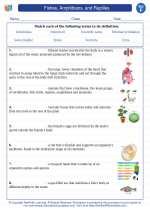Newton's Third Law
Newton's third law of motion states that for every action, there is an equal and opposite reaction. This means that when one object exerts a force on a second object, the second object exerts an equal force in the opposite direction on the first object. This law describes the interaction between two objects and the forces they exert on each other.
Key Points to Remember:
- For every action, there is an equal and opposite reaction.
- When object A exerts a force on object B, object B simultaneously exerts a force of equal magnitude in the opposite direction on object A.
- These forces always occur in pairs and act on different objects.
Examples of Newton's Third Law:
There are numerous examples of Newton's third law in everyday life. Some common examples include:
- Walking: When you walk, your foot pushes backward on the ground, and the ground pushes forward on your foot, propelling you forward.
- Rocket Propulsion: A rocket engine expels gas backward, and in response, the gas exerts an equal force (thrust) forward on the rocket, propelling it into space.
- Swimming: As you push back on the water with your hands and feet, the water simultaneously pushes you forward.
Study Guide:
When studying Newton's third law, it's important to understand the concept of action-reaction pairs and how forces are exerted in opposite directions. Practice identifying these pairs in various scenarios to solidify your understanding. Additionally, solving problems involving force and acceleration can help reinforce the principles of this law. Remember to pay attention to the directions of the forces and the objects involved in each interaction.
Consider performing experiments or demonstrations to see Newton's third law in action. For example, you can use a balloon to observe the action-reaction forces created when air is released from the balloon, propelling it in the opposite direction. You can also study the recoil of a toy car when it ejects a marble in the opposite direction, showcasing the law in a simple, visual way.
As you continue to explore Newton's third law, think about how it applies to various real-world situations, such as sports, transportation, and nature. Understanding this law will provide insights into the fundamental principles governing the motion of objects and the dynamics of interactions between them.
.◂Science Worksheets and Study Guides Sixth Grade. Fishes, Amphibians, and Reptiles

 Activity Lesson
Activity Lesson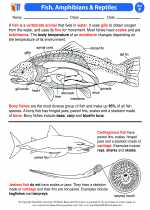
 Worksheet/Answer key
Worksheet/Answer key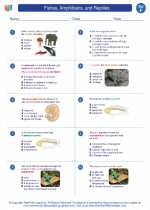
 Worksheet/Answer key
Worksheet/Answer key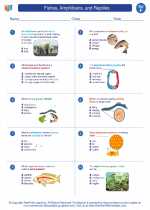
 Worksheet/Answer key
Worksheet/Answer key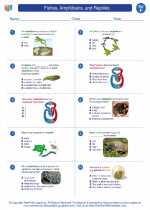
 Worksheet/Answer key
Worksheet/Answer key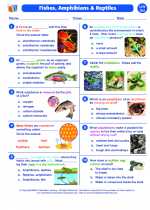
 Vocabulary/Answer key
Vocabulary/Answer key
 Vocabulary/Answer key
Vocabulary/Answer key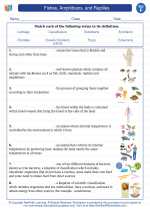
 Vocabulary/Answer key
Vocabulary/Answer key
 Vocabulary/Answer key
Vocabulary/Answer key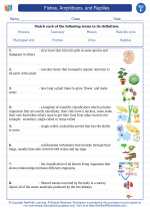
 Vocabulary/Answer key
Vocabulary/Answer key